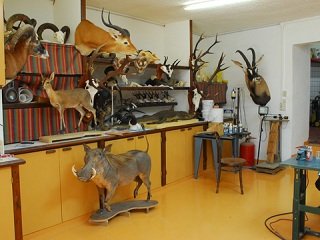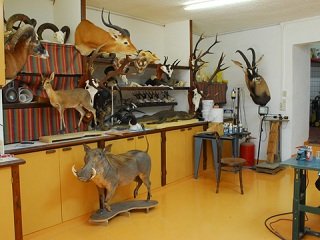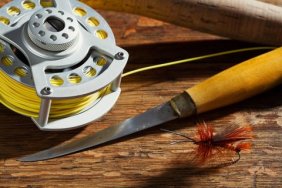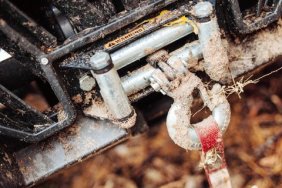 In Part One of this series, we discussed how important it was to select a good taxidermist to preserve your trophy for a lifetime. It should never take longer than a year to get your mount back from a good, ethical taxidermist and that is the industry standard.
In Part One of this series, we discussed how important it was to select a good taxidermist to preserve your trophy for a lifetime. It should never take longer than a year to get your mount back from a good, ethical taxidermist and that is the industry standard.
Price is a big deal, but not when it comes to bargains. A taxidermy customer should never bargain shop for taxidermy services. Not only will this ensure that you get an inferior quality, but it also means that you are supporting the bad element of the taxidermy industry.
Price is figured by a variety of costs, however, a super-cheap taxidermist is most likely desperate for work and is trying to lure in work with cheap prices. This is not ethical and it is not good business. I promise everyone that a good quality mount will last forever, and a cheap mount not done properly will last only years.
The number one ingredient to a quality mount is the tanning of the cape. Cheap taxidermists often skip this step and instead of sound tanning methods, they use inferior powders and mixes. A good quality tan takes time, and it involves thinning, preserving, shaving, oiling, de-greasing, and tumbling. If that sounds like a lot of steps, it is. That is why quality tans cost more than cheap tans and you need to ask your potential taxidermist who does his tanning. If he does it his self, then ask to see his oldest examples of work to see how they withstood the test of time. You can usually see cracking around the eyes and nose from inferior tans.
After the tanning, you need to find out some specifics that will tell you if your guy is on track or not. The best method for mounting ears is to remove the ear cartilage and insert an ear liner. Some taxidermists use body filler to mount ears and this method is good, but only if done by a pro. Look around at the mounts in the taxidermist’s shop and see if the ears have nice crisp edges and that they are not bended or slightly folded over. A quality ear has sharp edges like a knife and is a tell-tale sign that your potential taxidermist knows his business.
Another quality inspection item that you can look over without giving yourself away is the ear butts. Are the deer mount’s ear butts natural looking? Are they giant blobs or do they present a nice transition from the ear to the animals head? Bad ear butts are easy to spot and you will know one if you see one. Again, study photos of live deer and always compare taxidermy mounts to actual photos. Nature is the standard that all good taxidermists strive for.








